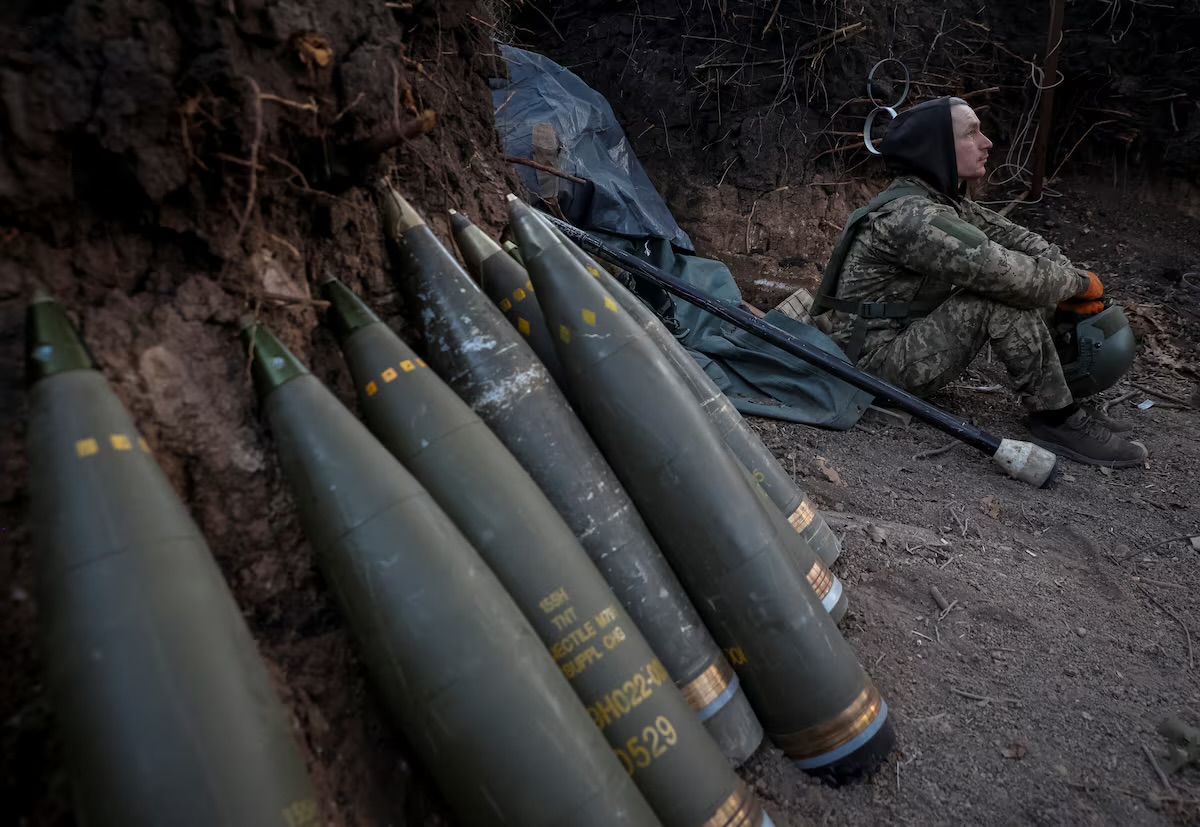US officials said the country is completing the final stages of preparing one of the largest arms procurement packages for Ukraine worth $6 billion.
Two US officials and a source familiar with the plan said on April 26 that the procurement package would include Patriot and NASAMS anti-aircraft missiles, artillery shells, HIMARS rocket shells, unmanned aerial vehicles (drones), and weapons. anti-drone gas, air-to-air missiles for fighters.

This procurement package is part of the $61 billion aid approved by the US on April 24, but the above equipment may not arrive in Ukraine for several more years because it is within the framework of the Ukraine Security Assistance Initiative ( USAI). Under this initiative, the Pentagon signs contracts with US defense companies to manufacture new weapons for Ukraine, instead of drawing directly from the military’s arsenal.

Ukrainian soldiers fired M101 howitzers at a position near the city of Avdeevka on March 22.
US Secretary of Defense Lloyd Austin plans to announce the procurement package during an online meeting on April 26 with representatives of more than 50 countries in the Ukraine Defense Contact Group (UDCG).
The procurement package is considered the largest US support move after many months of attending UDCG meetings empty-handed because the parliament did not approve the military aid budget for Ukraine.
The $6 billion procurement package is separate from the $1 billion military aid package that the US announced on April 24, right after President Joe Biden signed the budget bill for Ukraine. With the aid batch, Washington withdrew weapons directly from the warehouse to quickly deliver them to Kiev.
The US launched the above support and procurement packages in the context that Ukraine is overwhelmed by Russian forces in both numbers and ammunition on the front lines, and the Russian defense industry is operating at full capacity.
The shortage of artillery shells, anti-aircraft missiles and ATACMS missiles with a range of more than 300 km causes Ukraine’s combat capabilities to seriously decline, unable to withstand attacks on the front line or raids aimed at the enemy. Critical infrastructure is implemented by Russia.

The Biden administration last month secretly transferred long-range variants of the ATACMS missile to Ukraine, whose military then used them to attack a number of positions deep in the Russian rear.
However, US national security advisor Jake Sullivan warned that no weapon, including the 300 km range ATACMS missile, can become a silver bullet enough to change the war situation.
Mr. Sullivan commented that Ukraine is still under heavy pressure on the battlefield and “certainly Russia has the ability to achieve additional tactical benefits in the coming weeks.”
This means that Russian forces can advance and capture some targets on the Ukrainian front line, before US military aid can help the country’s military strengthen its defense capabilities.





